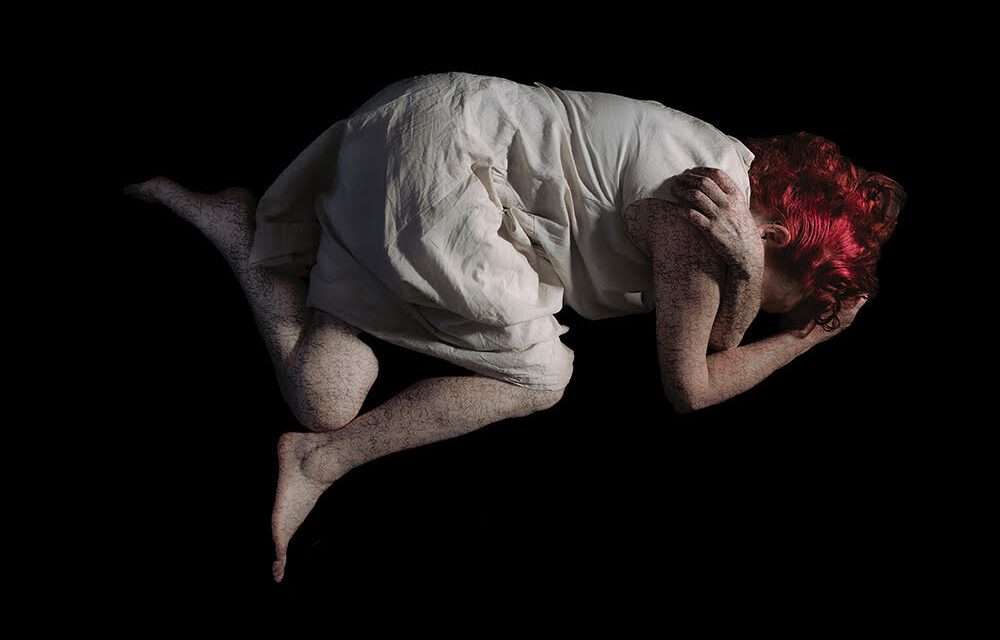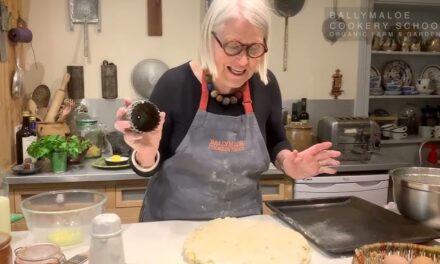Morgan Williams
The ability to put artistic practice into words is quite an art-form. When I studied art history at secondary school and later university, I didn’t realise how invaluable this skill would become. “I just want to paint and draw” I thought. But being able to articulate the creative visual world in rich and evocative ways via words has become essential to my work as an artist and designer, and it all began via art history. Running an art gallery means I constantly need to explain, conjure, interpret, and imbue meaning via words. It’s surprising how many creatives struggle to do this. It might be because so many of the tools they use are intuitive or that the distance required to add a rationale or express the meaning their creations contain is elusive when they are so close to their artistic practice.
I’m actually wondering if it’s entirely possible to do full justice to visual artistic expressions with written language? Especially if the form is one that relies heavily on an in-person experience. There’s nothing like walking into an exhibition and allowing yourself to be fully consumed by the artist’s vision. The first time I saw a room full of Van Gough sunflowers I was breathless. It’s impossible to fully convey these moments via words.
In recent years I’ve taken a new approach to viewing exhibitions. I initially traverse the space without reading any of the meanings given. I like to absorb the work and allow my own reactions to emerge. In doing so I don’t rob myself of personal interpretations, responses and feelings.
If the artist has their own statements, this is my next port of call. Hearing about the artists concepts and ideas can be revealing and add another depth or layer to my own understanding. Then finally a critique by the gallery or curator – that being of least importance to me. Judging others work with our own preconceived ideas about good and bad is a fraught exercise in many ways.
One of my favourite moments at our gallery is hosting an artist talk. We encourage everyone who exhibits to close their show with some sort of chat. There are various formats. A more formal PowerPoint presentation can delve into past works and provide a rich linage of how we got to the current show. An interview by us enables answers to some of the questions we have heard emerge during the show from visitors. A casual walk around the space, stopping to talk at works as we go is as informal as it gets. Some artists are so enthusiastic and do all three!
Our current exhibition of exquisite photographs by David Rosendale ends with a talk on the 12th of April at 3pm. Please join us to find out more about David’s practice and vision. I’m not sure which method(s) above he will use to share with us, but it is sure to be both revealing and rewarding. For more details visit www.radiusart.com.au
The penultimate exploration of any topic, including artistic practice, has to be a PhD. Rigorous research and written analysis guided by supervision is our best chance to further human knowledge. Peer reviewed at the end, the results can be a trusted deeper level of analysis. At a time when this type of insight and intellectual rigour is under threat, it’s important to encourage and celebrate those that dare to devote to this type of expansive exploration. Radius gallery director Kim Percy has spent the past 3 years understanding the connections between neurodiversity and art practice with a focus on dyslexic artists. Kim has produced a large body of work exploring her topic including paintings, photographs, drawings, video, augmented reality, AI and even an illustrated children’s book. Please join Kim for her graduate exhibition “Visualising the Invisible” Friday 28th March 5.30-7.30 at Post Office Gallery, 2 Lydiard St North, Ballart. For more details visit: www.kimpercy.com
Morgan Williams is the co-director with Kim Percy of Radius Art Space. His art practice spans a 30 year period and explores a diverse range of mediums and topics.





